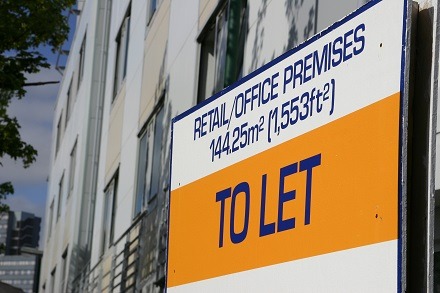The Government has published a code of practice for the commercial property sector. The code will support businesses to come together to negotiate affordable mutually beneficial rental agreements and aims to make best practice, common practice. It was drawn up with the support of leading representative bodies from the sector.
The Government is keen to support the chain of commercial property payments from customers, to tenant businesses, to commercial landlords and lenders, so that the economy can recover quickly. It has always been clear that tenants who are able to pay their rent in full should continue to do so, whilst those that cannot, should communicate with their landlords and pay what they can.
The Code sets out best practice for the commercial property sector and sits alongside other temporary measures designed to give tenant businesses breathing space to create a sustainable shared recovery plan. It is voluntary and does not change underlying legal relationships or lease contracts between landlord, tenant and any guarantor.
Code Principles
- Transparency and collaboration: economic partners not opponents, so we will act reasonably, swiftly, transparently and in good faith
- A unified approach: support each other in dealings with others such as the government, utility companies, banks and financial institutions
- Government support: Where businesses have received government support (CJRS, loans, grants, business rate relief or VAT deferral), we recognise that this support was provided to help businesses meet their commitments, including costs of goods & services, as well as rent, insurance, utilities and service charges
- Acting reasonably and responsibly: to identify mutually beneficial solutions
If after using these principles, agreements cannot be reached, third party mediators could be used, by mutual agreement and with each party bearing their own costs.
New Arrangements
When considering a tenant’s request for rent renegotiation, landlords might wish to consider:
- Closure period impacting the tenant’s business and ability to trade via other means
- Duration and extent of restricted trading due to social distancing requirements
- Extra costs and obligations through protecting customers to adhere to social distancing requirements
- Needs of other stakeholders, such as banks, employees and suppliers, during this period.
- Government support received and how this has been used
- The tenant’s previous track record under its lease terms and any concessions to the tenant already agreed
- The impact that providing support may have on the tenant’s competitors and on other support already offered to tenants
- Possible alternative considerations in a regulated sector. For example, pubs that are regulated under the Pubs Code
Some of the possible solutions the Code suggests include:
- A full or partial rent-free period for a set number of payment periods
- A deferral of the whole or part of the rent for one or more payment periods
- The payment of the rents over shorter payment periods for a set time (e.g. monthly rather than quarterly) including provision for their payment in arrears
- Rental variations to reduce ongoing payments to a current market rate and/or to provide for all or part of the rent to be paid as a proportion of turnover of the site, incorporating any period during which the site was closed
- Landlords drawing from rent deposits on the understanding that the landlord will not then require that the deposits be ‘topped up’ by the tenant before it is realistic and reasonable to do so
- Reductions in rent, either in whole or part, across other units occupied by the tenant and owned by the landlord, as part of a negotiated agreement applying to a portfolio of units
- Landlords waiving contractual default interest on unpaid rents or rents paid in arrears to make payment plans more affordable
- Provisions for ending the solutions on a fixed date, or on reaching the trigger point of particular circumstances
- Tenants and landlords agreeing to split the cost of the rent for the unoccupied period between them
- Any of the above in return for other arrangements e.g. a reversionary lease on reasonable terms, the removal of a break right in favour of the tenant, or an extension of the lease
The Code also includes guidance on service and insurance charges as it is important that buildings continue to be insured and safely maintained.
You can see the full Code of Practice here.
Wayne Thomas, partner at Bates Weston comments;
“It is important for all those involved in the commercial property chain of payments, from customer through to landlords and lenders, that working together constructively to ensure the long-term viability of all parties is essential. A flexible, adaptable approach is required and this Code presents workable options that should provide a sound basis for rent renegotiation, where required.”

